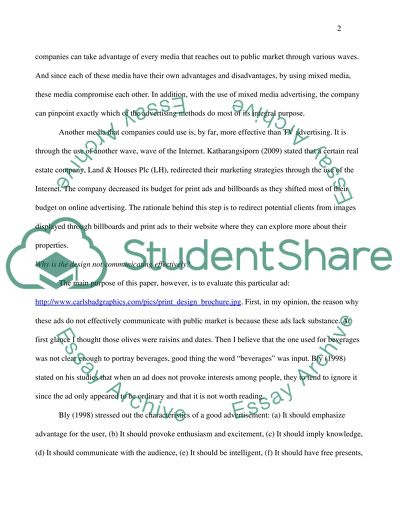Cite this document
(The Worst Print Media Design Coursework Example | Topics and Well Written Essays - 1750 words, n.d.)
The Worst Print Media Design Coursework Example | Topics and Well Written Essays - 1750 words. https://studentshare.org/media/1556686-the-worst-print-media-design
The Worst Print Media Design Coursework Example | Topics and Well Written Essays - 1750 words. https://studentshare.org/media/1556686-the-worst-print-media-design
(The Worst Print Media Design Coursework Example | Topics and Well Written Essays - 1750 Words)
The Worst Print Media Design Coursework Example | Topics and Well Written Essays - 1750 Words. https://studentshare.org/media/1556686-the-worst-print-media-design.
The Worst Print Media Design Coursework Example | Topics and Well Written Essays - 1750 Words. https://studentshare.org/media/1556686-the-worst-print-media-design.
“The Worst Print Media Design Coursework Example | Topics and Well Written Essays - 1750 Words”. https://studentshare.org/media/1556686-the-worst-print-media-design.


